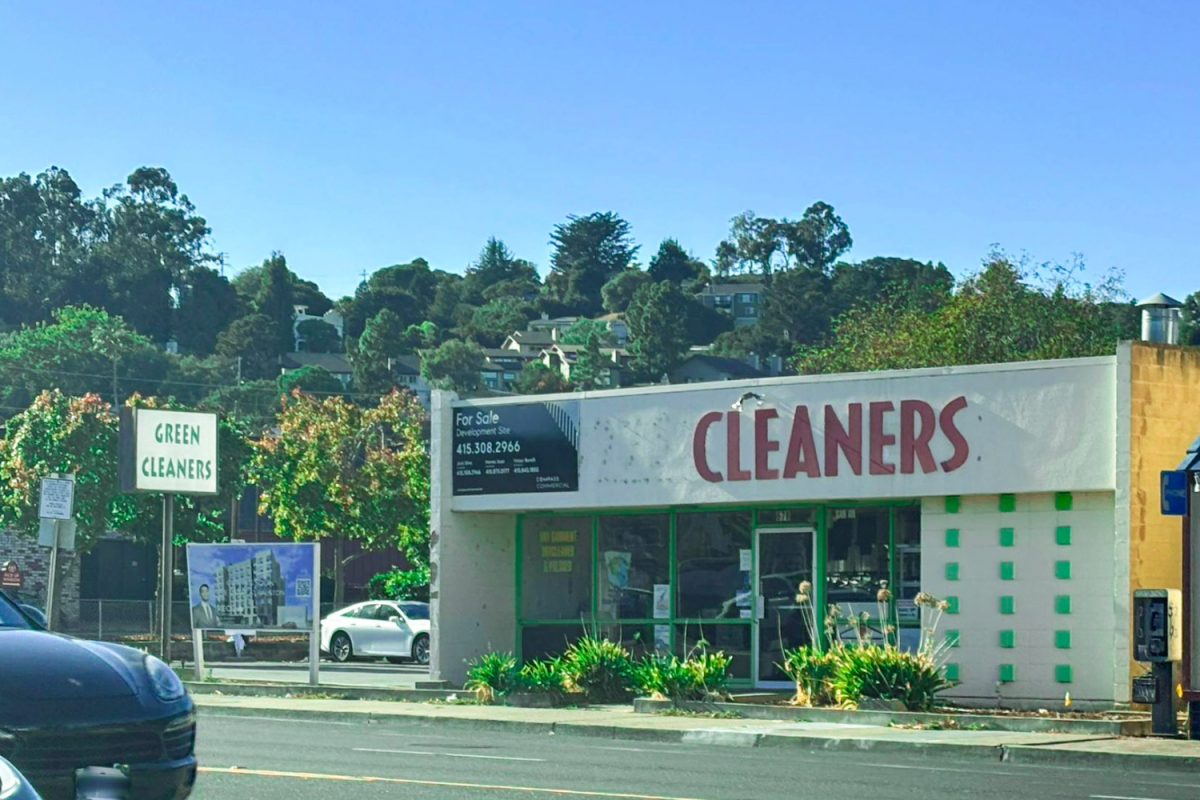The city of Belmont has taken a step to address housing needs by adopting an updated 2023-2031 Housing Element, a blueprint that aims to improve housing availability and affordability over the next seven years.
The City Council adopted the plan on Sep. 10, 2024, and the California Department of Housing and Community Development (HCD) recently certified it as compliant with California’s Housing Element Law.
This law requires local governments to plan to meet their existing and projected housing needs, as well as the Regional Housing Needs Allocation (RHNA) process. Belmont’s updated plan aims for 1,785 new housing units by 2031, nearly quadrupling its obligations from the 2015-2023 plan.
According to the city’s review of the previous Housing Element, Belmont’s current progress on its RHNA objectives is skewed to certain income groups, while others are neglected.
While the city greatly exceeds the 200 units needed for above-moderate-income households, Belmont lacks sufficient housing for extremely low-income and very low-income groups. This demonstrates the trend of unaffordable housing, which impacts the city’s large senior population, as well as marginalized racial groups.
“Belmont right now is not accessible to people who are low income, not at all,” said Luciano Delgadillo, a resident of Belmont.
According to the statistics outlined in the Bay Area Housing Element report, home values in Belmont have increased by over 123% in the last decade, while rental costs rose nearly 77%.
To avoid being cost-burdened—classified as spending over 30% of income on housing—a household must earn $90,000 yearly. To put this in perspective, to earn this income working 40 hours a week, an hourly salary would need to be $43.27.
One project to address the need for housing for lower-income households is the city’s 100% Affordable Housing Project. Some of the proposed units are outlined below.
As housing prices are driven up over time, many Bay Area residents recognize the growing impact of the higher living costs.
“I will see homelessness near Starbucks because we’re by the train and bus station. There are some homeless people in the area, but I think it’s less prominent here in Belmont,” said Lotus Tang, a barista at Starbucks and resident of Belmont.
This sentiment is shared by others who observe the increasing homeless population every day.
“Especially in the city, every corner you walk, every street you look at, there are numerous homeless people,” Delgadillo said. “You don’t see it too much in Belmont, or at least, it’s hidden a little more, but it is definitely a big issue here.”
However, the Bay Area’s homelessness and housing challenges are not new. A Legislative Analyst’s Office (LAO) report notes that since 1970, the gap in housing prices between California and the rest of the U.S. has widened dramatically, increasing from 30% above the national average in 1970 to over 80% by 1980.

Various causes from different sources have been accredited to the rise of the crisis. Some cite single-family zoning laws, pressure from the growing population of Silicon Valley tech workers, race and gender inequalities, and California’s comparatively high housing construction costs.
Regardless, the region now holds the third largest population of people experiencing homelessness in the country, and the share of cost-burdened California renters has increased by 55% since 1970.
Furthermore, according to the California Housing Partnership, it is estimated that over 1.2 million low-income renter households in California lack access to affordable housing.
In light of projections for significant growth in the number of households by 2050, California legislators have been looking at solutions for the issue. Gov. Gavin Newsom recently signed 32 bills into law to address various aspects of the crisis.
Key strategies include streamlined approval systems for housing development, greater affordable housing requirements for local governments, and stricter penalties for non-compliance with state housing laws.
Despite these measures to combat the housing crisis, some residents do not have faith in legislators.
“In my opinion, the population of homeless people will probably either stay around the same or increase,” said Alfredo Vasquez, a Half Moon Bay resident. “I don’t think legislators are doing enough for the homeless.”












